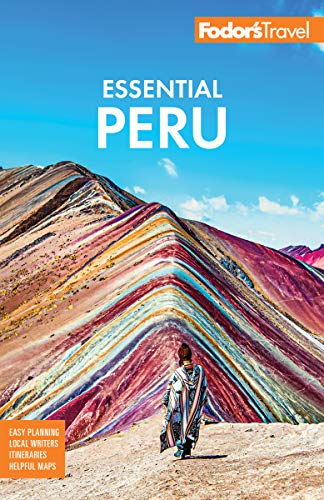Preparing to Hike the Inca Trail
You Must Use a Guide
You must use a licensed tour operator, one accredited by SERNANP, the organization that oversees the trail and limits the number of hikers to 500 per day: 300 permits are allotted for guides and porters and 200 for tourists. (The two-day Inca Trail permits are separate.) There are some 260 licensed operators in Cusco.
When to Go
May through September is the best time to make the four-day trek; rain is more likely in April and October and a certainty the rest of the year. The trail fills up during the dry high season. Make reservations months in advance if you want to hike then—weeks in advance the rest of the year. The trek is doable during the rainy season, but it can become slippery and muddy by November. The trail closes for maintenance each February.
Getting Ready
Tour operators in Cusco will tell you the Inca Trail is of "moderate" difficulty, but it can be rough going, especially the first couple of days. You must be in decent shape, even if you choose to hire porters to carry your pack, which must be done at time of booking. The trail is often narrow and hair-raising and can be challenging for those with a fear of heights, although most will be fine. Be wary of altitude sickness. Give yourself two or three days in Cusco or the Sacred Valley to acclimatize.
While You’re Hiking
Food: All operators have their own chefs that run ahead of you with the porters, set up camp, and create culinary feasts for breakfast, lunch, and dinner. This will probably be some of the best camp food you’ll ever have.
Campsites: There are seven well-spaced, designated campsites along the trail.
Coca Leaves: Coca leaves are a mild stimulant as well as an appetite and pain suppressant. You’ll only need about one bag of your own (around S/2) for the trail. Take about 15 leaves, and pick off and discard the stems. Stack the leaves on top of each other, and roll them into a tight little bundle. Place the bundle between your gum and cheek on one side, allowing the leaves to soften up so that the juice comes out—you're not actually meant to chew them. It’s quite a bitter taste, but you’ll feel better. All tour operators will also serve coca tea during snack breaks.
Bathrooms: Toilets could be a lot worse. You can sit down (if you want to) and flush in most of them, and there are usually working sinks. You must bring your own toilet paper. Campsites all have toilets, but the trail itself does not. Many tour operators now travel with toilet tents.
Luggage: Pack as lightly as possible in a duffel bag. If you hire porters, current regulations limit the porter’s load to 18 kg (39.6 pounds) including his own gear. Agencies will typically offer a "half-porter" with a limit of 7 kg (15.4 pounds) for your personal gear. Leave the rest of your belongings with your hotel.




